Establishing a sustainable social impact business: CrowdSpace interview with Lendahand team
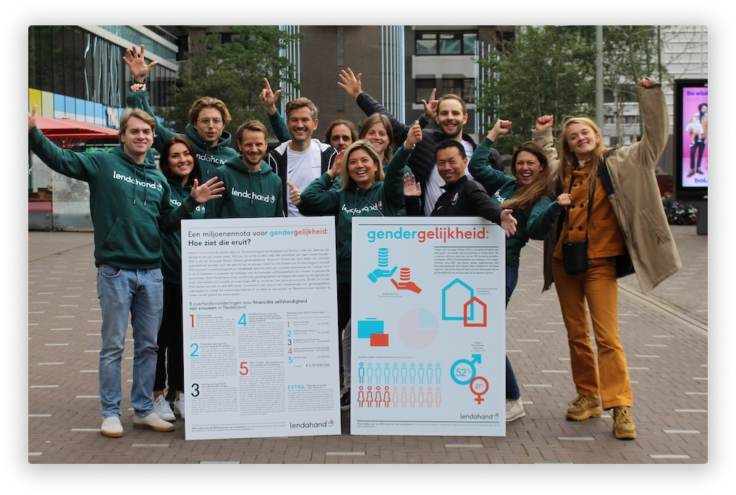
Lendahand has recently made news by becoming the first Dutch crowdfunding platform to obtain the European Crowdfunding Service Provider license. It’s a social impact lending platform offering loans in SMEs and entrepreneurs in developing countries.
We’ve had a great pleasure speaking to the Lendahand team on their mission, platform’s activities, as well as industry specifics, and are now gladly sharing our insightful conversation.
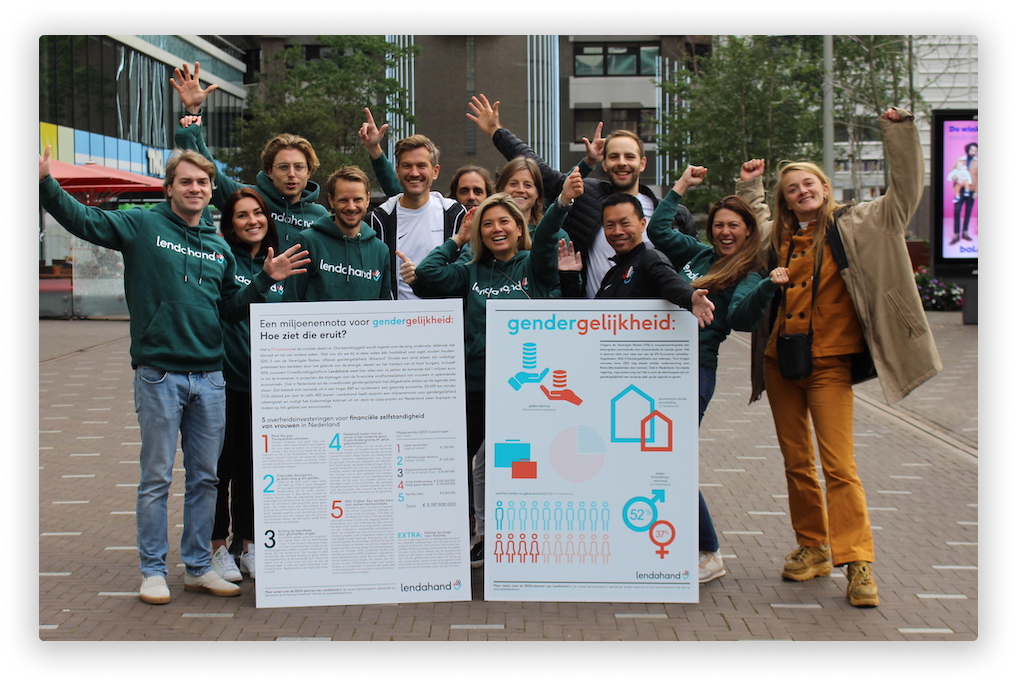
What is Lendahand, and how is it different from other impact investing platforms in Europe?
Lendahand is the only crowdfunding platform where everyday investors can invest in SMEs in upcoming economies and sustainable initiatives at an interest rate between 2-7% per year to fight poverty.
Lendahand creates new jobs in emerging markets and enables people to improve their access to basic needs. This way, we contribute to the UN’s following Sustainable Development Goals:
- goal 1: no poverty,
- goal 2: zero hunger,
- goal 6: clean water and sanitation,
- goal 7: affordable and clean energy,
- goal 8: decent work and economic growth.
Why did you decide to focus specifically on emerging markets?
There is currently a €4.6 trillion annual funding gap between entrepreneurs & SMEs in emerging markets seeking funding and available capital from traditional financial institutions. We want to close this funding gap.
The emerging market is still big. What countries do you focus on in the first place? What is the rate of successful repayments in these countries?
We are active in Asia, Africa, and Latin America, however, we do not focus specifically on a region. As long as the country is not on one of the many sanction lists, we could potentially be active over there.
See our portfolio for an overview of the countries we are active in and an overview of defaults and arrears.
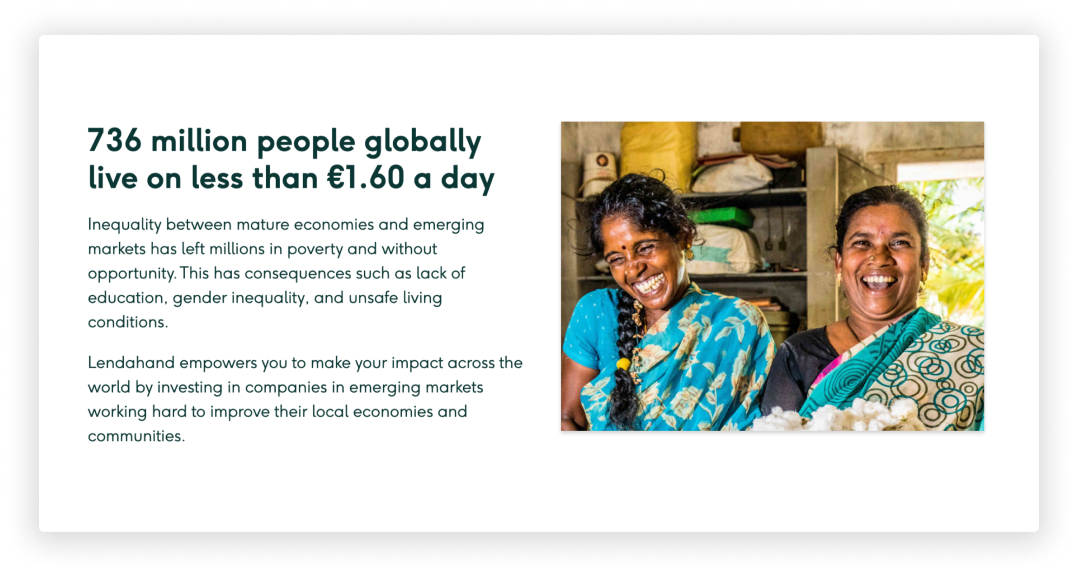
What is the due diligence process for the loan originators at Lendahand?
We use the CAMEL framework to gather and evaluate data on the performance of financial institutions, small and medium-sized enterprise lenders and microfinance institutions.
CAMEL is an acronym for five measurements of a financial institution: Capital adequacy, Asset quality, Management, Earnings, and Liquidity management. A financial institution is required to gather the following information for a CAMEL examination:
- financial statements;
- budgets and cash flow projections;
- portfolio ageing schedules;
- funding sources and liability and security structure;
- information about the board of directors;
- operations and staffing;
- macroeconomic information.
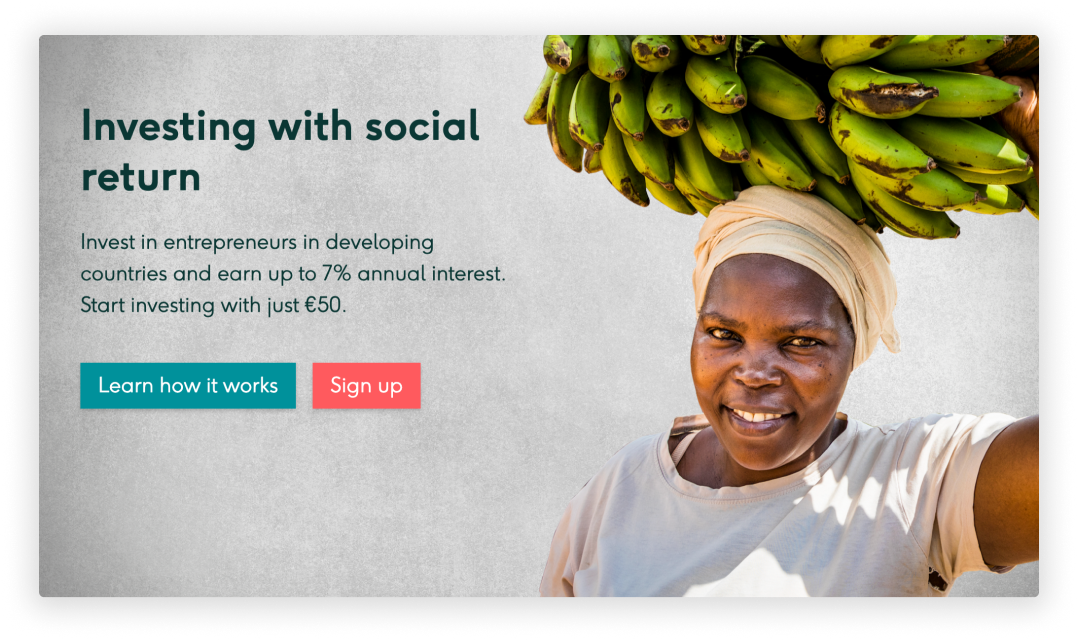
The key indicators we are looking at include:
- capital adequacy — leverage, ability to raise equity;
- asset quality — portfolio at risk, the productivity of long-term assets;
- management — governance, information technology system;
- earnings — ROE/A, interest rate policy;
- liquidity management — liability structure, cash flow projections.
With regards to direct company lending, key aspects of the investor memorandum are:
- company: strong management, good track record, solid business plan, realistic projections, sufficient room for periods of stagnated growth, ability to raise more capital if needed, legal framework;
- financial statements (balance sheet, profit-and-loss statement, cash flow): well capitalized, seniority and quality of unencumbered assets, sufficient liquidity and reserves, foreign exchange exposure, return on assets and equity, the capacity of debt servicing, operational leverage and cash flow;
- investors in the company: ownership structure, cap table & debt providers, debt maturity profile, cost of funding, has company delivered so far;
- portfolio (if applicable): sound credit policy, good track record, current portfolio health;
- operations and governance: efficient operations, sensible procedures and checks & balances, good systems in place;
- country risk: among other sources, we consult Euler Hermes country reports.
Investing is associated with risk. What risk is involved in impact investing specifically, and do you have any risk minimisation mechanism in place?
Every partner must share our social mission to ensure local entrepreneurs can access affordable financing, allowing them to grow their businesses. Local partners must also have a ‘track record’ and proven themselves as a reliable credit provider for SMEs.
For instance, this means a solid credit portfolio and enough buffers and equity to compensate for unexpected downturns. We also check the organizational structure of the portfolio company and how robust their (internal) procedures are. Finally, the investments must be in proportion to the total balance of that portfolio company. A healthy balance between effectuating influence and being independent is crucial.
When currency exchange risks become too high for a partner, Lendahand will urge the partner to cover these risks. In some scenarios, the local partner is contractually obliged to comply with these demands.
Lendahand always conducts due diligence when companies request funding. The results can be downloaded on the project detail page. However, this analysis is not an adviser.
Find more information about the risks associated with investing via Lendahand.
Which SDG has been the most challenging for you to date?
Affordable and clean energy.
Since these projects are always offered via so-called direct investments, both risks and returns are higher.
Some regions in Africa have suffered from Covid, solar panels saturation or governmental programs, and most of our arrears are in this area.
What is Impact+, and how investing through it is different from other projects on your platform?
Impact+ is a private investment product for investors who want to invest € 25,000 or more in our projects. It offers investors the convenience of investing with impact without hassle.
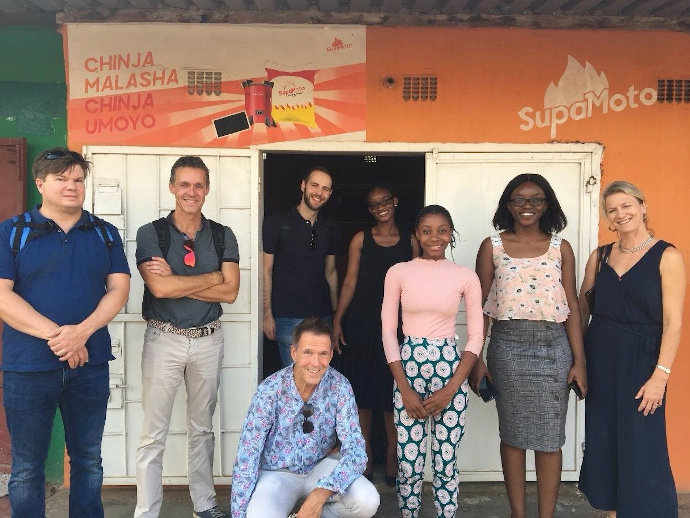
With Impact+, Lendahand will handle the investments for you without additional costs. The average tenor is 24 months, the interest rates are 4-5%.
Lendahand has been working a lot on building partnerships with governments, foundations and institutions. What interesting partnerships have you established in 2022?
The most important partnership is the one with Babyloan, a big French crowdfunding platform. We have been working closely together for over a year now, and ultimately we were in the position to buy their assets so the future of Babyloan could be guaranteed.
You have recently got an ECSP license that allows Lendahand to operate cross-border within the EU. What positive changes do you expect on the platform related to this achievement?
One of the key elements is indeed that it will become easier to be active in other European countries. We already started in Belgium, but soon we will start cross border activities in France, Germany and Sweden. Another positive change is that it will be possible in the near future to offer auto-invest, so people can indicate how their money should be spread over multiple borrowers at the same time.
What advice would you give to social impact investors to build a solid portfolio?
Only commit 10% of your investable assets via crowdfunding. It is also highly recommended to spread loans across different project owners (borrowers).
We invite you to explore more opportunities with Lendahand and other green investment providers and see how our joint efforts can reshape economies and societies worldwide.





